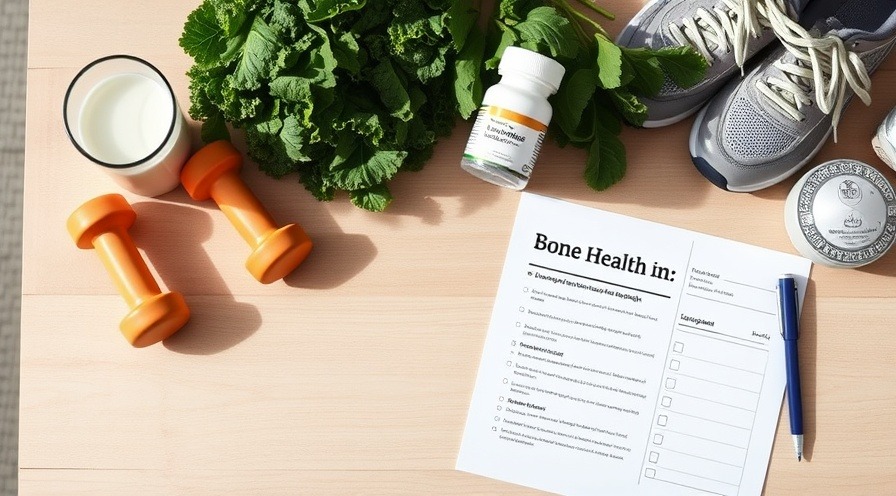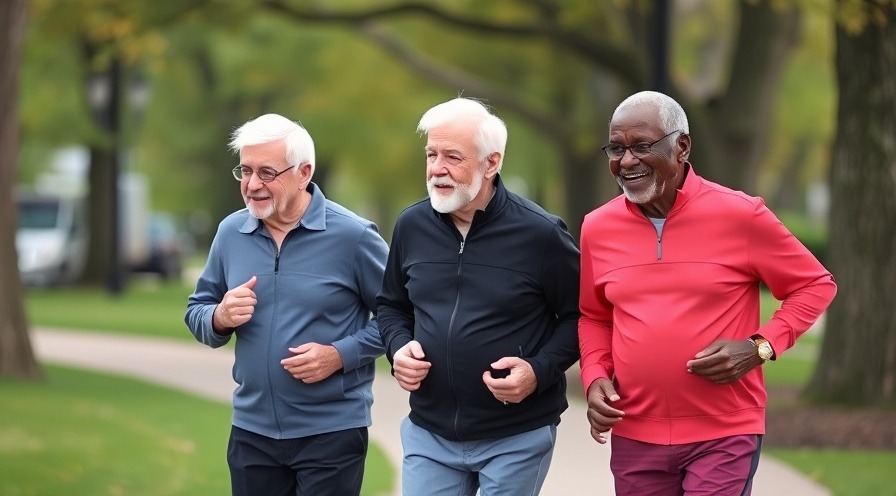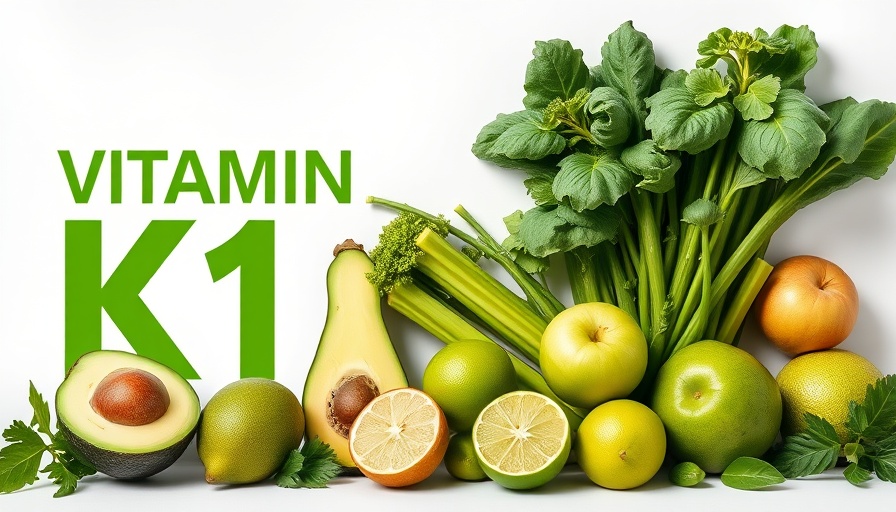
Stronger Bones, Stronger You: Simple Steps to Boost Bone Density Naturally 🦴
Why Bone Health Can’t Be an Afterthought
Think osteoporosis is only something your grandma worries about? Think again. According to the International Osteoporosis Foundation, 1 in 3 women and 1 in 5 men over 50 will suffer a bone fracture due to low bone density. But here’s the good news: you can absolutely take control of your bone health, starting right now.
In this article, we’re breaking down how to build stronger bones without needing a PhD in anatomy or a gym full of iron. You’ll learn how strength training revs up your bone-building engine, plus the powerful role nutrition, lifestyle habits, and simple movement play in boosting your density. Whether you're 30 or 60, these “life-changing tips” will help you build a foundation that lasts.
💪 The Power of Strength Training for Your Bones
Think lifting weights is just for bodybuilders? Not even close. Strength training is a secret weapon for anyone serious about bone health.
Here’s how it works: when you lift weights or do resistance-based exercises, you place controlled stress on your bones. That stress signals your body to activate osteoblasts—those hardworking cells that build bone. The result? Over time, your bones become thicker, denser, and more resilient.
Bone-Building Strength Moves:
Weightlifting: Squats, deadlifts, overhead presses—classic moves that load your spine and hips, the areas most prone to fractures.
Bodyweight Exercises: Push-ups, planks, lunges, and wall sits are fantastic starting points and require no equipment.
Resistance Bands: Low-impact but highly effective. Great for joint-friendly strength workouts at home.
👉 Pro Tip: Start light, focus on proper form, and gradually increase resistance (aka “progressive overload”). And if you're new to this? Don’t wing it—hire a certified trainer to help you get started safely.
🧰 Expand Your Bone-Building Toolkit
Strength training is essential, but it’s only part of the picture. Let’s widen your toolkit with some life-changing habits that support your bones from the inside out.
🥦 Eat for Stronger Bones
Your skeleton is literally built from the nutrients you eat—so don’t leave it running on fumes.
Calcium: The MVP of bone health.
Top sources: Dairy (milk, cheese, yogurt), fortified plant-based milks, sardines (with bones), kale, bok choy, and almonds.
Adults typically need around 1,000–1,200 mg of calcium daily.
Vitamin D: Your calcium’s best friend.
Sunshine is the most natural source—15 minutes a day helps, but many of us still fall short.
Eat fatty fish (salmon, mackerel), egg yolks, and fortified foods.
Supplements can help—but talk to your doctor first.
Other Key Players:
Magnesium (nuts, seeds, whole grains): Supports calcium absorption.
Vitamin K2 (leafy greens, fermented foods): Helps bind calcium to bones.
Phosphorus (meat, dairy, legumes): Essential for bone structure.

🕺 Move It or Lose It: Weight-Bearing Activities
While lifting weights builds bones, everyday movement keeps them strong. Weight-bearing exercises use your body against gravity—and they’re fun, free, and functional.
Bone-Friendly Activities Include:
Walking or Hiking (bonus points for hills or uneven terrain)
Jogging or Running (moderate pace is fine—no marathons required)
Dancing or Zumba (yes, your bones love Beyoncé too)
Climbing Stairs (ditch the elevator when you can)
These activities activate the same bone-building response as strength training, especially in your hips, spine, and legs—aka the areas you really don’t want to break.
🚭 Lifestyle Habits That Sabotage or Support Bone Health
Sometimes it’s not what you do—but what you don’t do—that matters.
🚫 Skip These:
Smoking: Nicotine reduces blood flow to bones and messes with osteoblasts.
Heavy Alcohol Use: Interferes with calcium balance and vitamin D activation.
✅ Do These:
Maintain a Healthy Weight: Being underweight or yo-yo dieting increases bone loss risk.
Sleep Well: Your body rebuilds at night—don’t skimp on rest.

🎯 Your Action Plan for Stronger Bones
Don’t wait until your doctor mentions “bone density scan” to get serious. Start integrating these habits now:
✅ Add 2–3 strength workouts per week
✅ Walk 20–30 minutes a day
✅ Eat calcium and vitamin D-rich foods daily
✅ Ditch cigarettes and cut back on alcohol
✅ Sleep 7–9 hours a night
These aren’t just good habits. They’re bone-saving, future-proofing life choices.
🏁 Conclusion: Build a Stronger Future, One Step at a Time
Stronger bones don’t come from wishful thinking—they come from consistent action. Whether you’re lifting weights, soaking up the sun, or choosing spinach over soda, every small decision stacks up like bricks in your personal fortress.
Prioritizing your bone health now means fewer fractures, more freedom, and a whole lot less time worrying about falls later on. So grab that dumbbell, go for that walk, and fuel your body with the good stuff. Your future self will thank you.
Start today. Stay strong. You’ve got this. 💪
Disclaimer: The information provided on this website is for general informational purposes only and should not be considered medical advice, diagnosis, or treatment. Always consult a qualified healthcare professional before making any decisions or taking actions related to your health, including but not limited to medical conditions, devices, treatments, diets, supplements, or exercise programs. The content on this site is not intended to replace professional medical guidance. The website and its authors are not responsible for any actions taken based on the information provided. Ask your doctor or licensed medical professional first.
 Add Row
Add Row  Add
Add 




Write A Comment